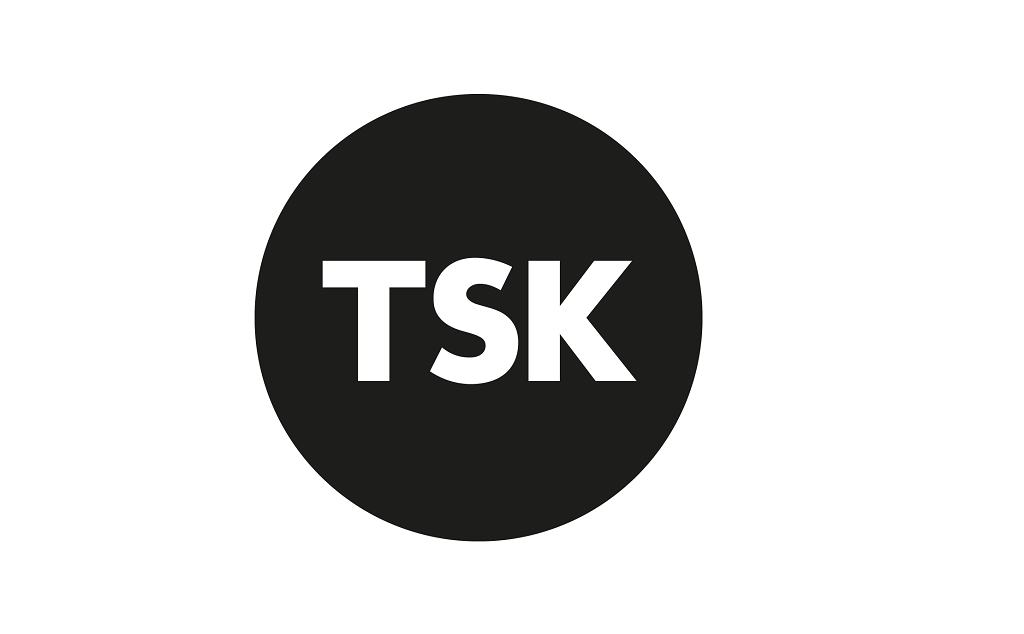Another day, another rating consultation…
The Government has launched another consultation, this time on the transitional arrangements for the 2017 rating revaluation.
The proposals relate to England only and the consultation period ends on 26 October; so far there has been no announcements yet in respect of Scotland and Wales.
From what I can see, importantly, the Government hasn’t yet announced the key ingredient in establishing liability – the rate in the pound (Uniform Business Rate) for 2017/18. This will determine if and the extent of any relief that will apply to any business rate liability this year, and the new notional charge for 2017/18 based upon each new 2017 rateable value and the new rate in the pound.
There are two options being put forward for discussion:
Option 1 would offer the same level of support, in percentage terms, to small and medium properties facing increases as has been provided at the last two revaluations in 2005 and 2010.
A third band provides a different level of support to the largest ratepayers who Government believes are better placed to anticipate and manage the impacts of the revaluation. The relief is funded by two sets of caps on reductions (again as in 2005 and 2010):
|
Option 1: Transitional Arrangements 2017 revaluation (before inflation) funded by two caps on reductions |
|||||
| Upwards Cap
|
|||||
| Property Size | 2017/18 | 2018/19 | 2019/20 | 2020/21 | 2021/22 |
| Small | 5% | 7.5% | 10% | 15% | 15% |
| Medium | 12.5% | 17.5% | 20% | 25% | 25% |
| Large | 33% | 29% | 30% | 27% | 13% |
|
Downwards Cap |
|||||
| Property Size | 2017/18 | 2018/19 | 2019/20 | 2020/21 | 2021/22 |
| Small | 20% | 30% | 35% | 55% | 55% |
| Medium & Large | 4.1% | 5.6% | 5.9% | 5.8% | 4.8% |
|
Note: these are year-on-year caps on increases. For instance, the maximum increase for small properties over five years would be 64%. But a small property with an increase of 7% would reach their full bill in year two. Medium is above £28,000 rateable value in London and £20,000 elsewhere. Large above £100,000. |
|||||
But the Government prefers Option 2 which allows medium properties that stand to gain from the revaluation to see their reductions come through quicker than under Option 1. Of course nothing is free in this world and to pay for this, less relief is provided to large properties.
|
Option 2: Transitional Arrangements 2017 revaluation (before inflation) funded by three caps on reductions |
|||||
| Upwards Cap
|
|||||
| Property Size | 2017/18 | 2018/19 | 2019/20 | 2020/21 | 2021/22 |
| Small | 5% | 7.5% | 10% | 15% | 15% |
| Medium | 12.5% | 17.5% | 20% | 25% | 25% |
| Large | 45% | 50% | 50% | 16% | 5% |
|
Downwards Cap |
|||||
| Property Size | 2017/18 | 2018/19 | 2019/20 | 2020/21 | 2021/22 |
| Small | 20% | 30% | 35% | 55% | 55% |
| Medium | 10% | 15% | 20% | 25% | 25% |
| Large | 4.1% | 4.6% | 5.9% | 5.8% | 4.8% |
|
Note: these are year on year caps on increases. For instance, the maximum increase for small properties over 5 years would be 64%. But a small property with an increase of 7% would reach their full bill in year 2. Medium is above £28,000 rateable value in London and £20,000 elsewhere. Large above £100,000. |
|||||
All caps are shown before inflation. Inflation will be applied to each base liability based on the change in the retail price index between September 2015 and September 2016.
The full consultation document is attached for the masochists among us – click here
Selected industry experts bring you insight and expert advice, across a range of sectors.
Subscribe for free to receive our fortnightly round-up of property tips and expertise
Selected industry experts bring you insight and expert advice, across a range of sectors.
Subscribe for free to receive our fortnightly round-up of property tips and expertise





